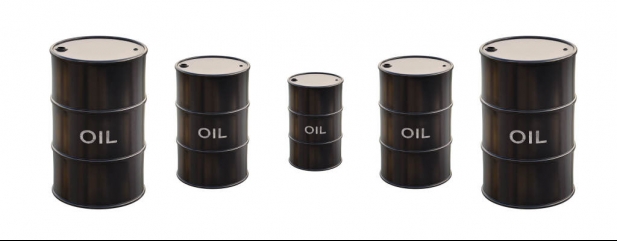With Brent crude oil at seven-and-a-half-year highs above $88 per barrel there is mounting speculation that prices could hit $100 for the first time since 2014.
The FTSE 100 is also within striking distance of the 7,903.50 intra-day high attained on 22 May 2018. Oil producers are among the big stocks in the FTSE 100.
Oil is moving higher as concerns over the impact on demand of the Omicron variant have faded, as well as supply disruption. An escalation of hostilities on the border between Russia and Ukraine could act as a further jolt to the crude market, only adding to the current inflationary pressures.
These in turn could be positive for the FTSE 100 given its make-up. AJ Bell investment director Russ Mould says: ‘The UK stock market may not be a bad place to be if inflation stays entrenched and confounds any efforts by central banks to rein it in.
‘This is because the leading gainers (year-to-date) operate in industries where demand is fairly price inelastic, such as energy and tobacco; where higher interest rates and steeper yield curves may help profit margins and earnings, at least up to a point, such as banks and insurers; or they own real assets where supply is expensive to build and where that supply is growing more slowly relative to money supply, such as miners.’
DISCLAIMER: AJ Bell is the publisher of Shares magazine. The author (Tom Sieber) and editor (Daniel Coatsworth) of this article own shares in AJ Bell.
‹ Previous2022-01-20Next ›

 magazine
magazine








